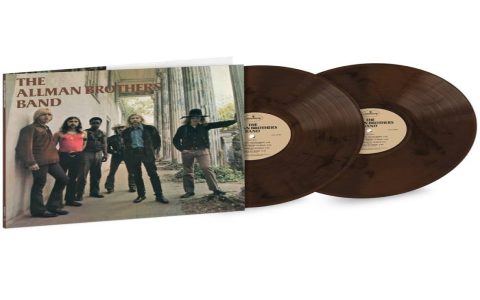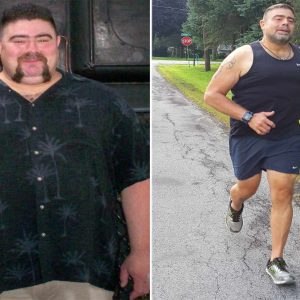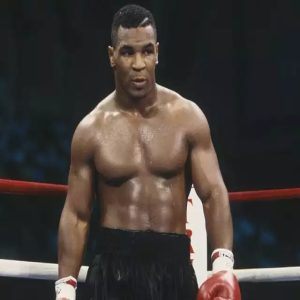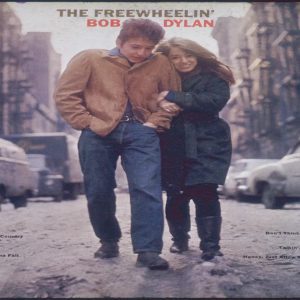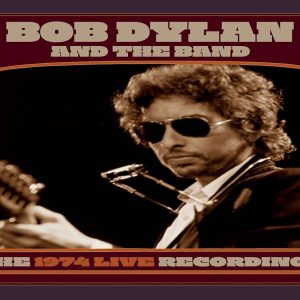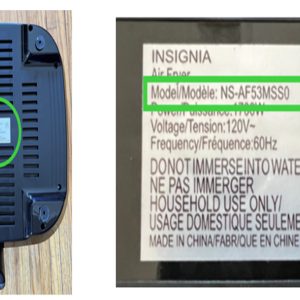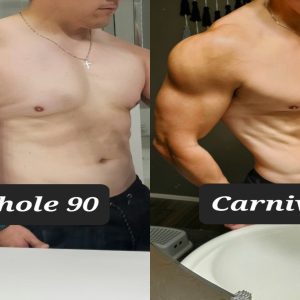The Allman Brothers Band defined American rock touring with their improvisational brilliance and marathon live shows, blending blues, jazz, and Southern rock.
Historical Touring Overview
Active from 1969 to 2014, with hiatuses, the band's tours evolved through key eras: the Duane Allman-led peak, post-1971 adaptations, and later reunions.
Iconic Tours and Performances
- 1969-1971 Fillmore Era: Intense touring culminated in the legendary Fillmore East concerts, captured on the classic live album.
- Post-Duane Tours (1972 onward): Continued with Dickey Betts and new members, focusing on extended jams and albums like "Eat a Peach".
- 1989 Reunion Tour: Revived after disbandment, featuring original members and kickstarting a new chapter.
- Annual Beacon Theatre Runs (1990s-2014): Epic New York residencies showcased their enduring prowess and fan devotion.
Key Touring Characteristics
Known for double-drummer setups, extended improvisations, and guest collaborations, tours emphasized spontaneity over setlists. Critical elements included:
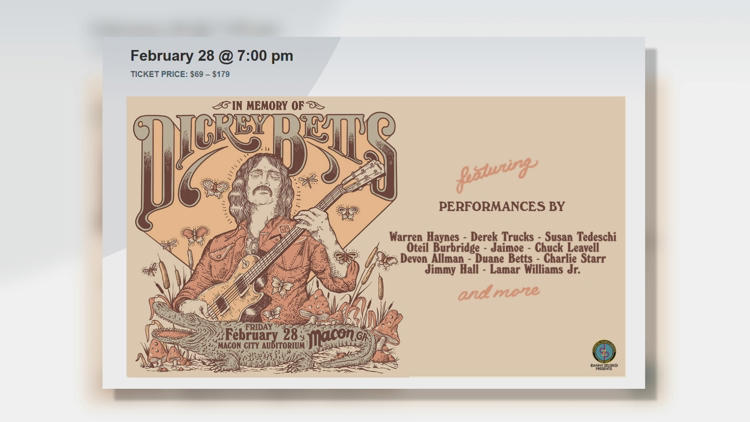
- Blues-rock fusion jams often exceeding 20 minutes.
- Fan-focused experiences with intimate venues.
- Evolution through lineup changes, maintaining core sound integrity.
Legacy and Impact
Their tours influenced jam bands and rock acts, setting standards for live energy and musical synergy. The 2014 farewell tour closed a storied chapter in rock history.

